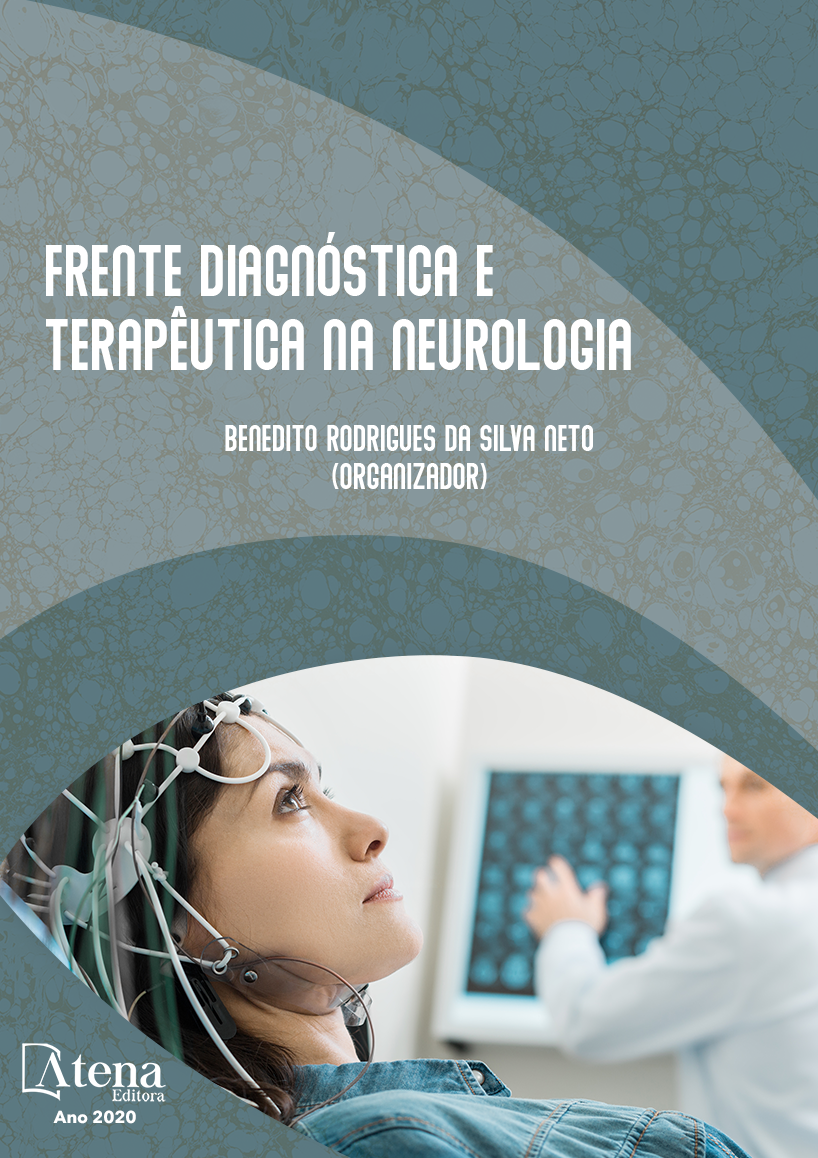
ESTUDO DO PERFIL EPIDEMIOLÓGICO DOS PACIENTES COM ACIDENTE VASCULAR CEREBRAL NO ESTADO DE ALAGOAS E NAS CINCO REGIÕES BRASILEIRAS
O acidente vascular cerebral (AVC)
é uma doença crônica não transmissível,
caracterizada pelo início abrupto de sinais e
sintomas neurológicos persistentes. No Brasil,
o AVC é autor de cerca de 10% de todas
as mortes, chegando a uma estimativa de
aproximadamente 100 mil óbitos por ano. Este
trabalho visa delinear o perfil epidemiológico
dos pacientes internados e o número de óbitos
por AVC no Estado de Alagoas (AL) e Regiões
brasileiras no período compreendido de janeiro
de 2015 a março de 2018.Trata-se de um estudo
epidemiológico descritivo e retrospectivo. Os
dados foram obtidos na base de dados do
Sistema Nacional de Vigilância Epidemiológica
do Ministério da Saúde e Departamento de
Informática do SUS (DATASUS). As variáveis
pesquisadas foram: número de internações e
de óbitos, faixa etária e sexo. Durante o período
de 2015 até março de 2018 foi registrado um
total de 484.703 internações em todo o território
nacional. Desse contingente, a região Nordeste
foi responsável por 28,9%. Por sua vez, AL
detém 6,2% do total da região. No que concerne
ao número de óbitos, no mesmo período, foram
registrados 76.985. Destes, AL contabiliza 8,5%
dos registros. O presente trabalho é um instrumento de conhecimento aos profissionais
de saúde e à população local sobre o AVC nas regiões brasileiras, em especial, no
estado de AL à medida que vem mediar a adoção de prevenção e promoção de saúde
a fim de gerar condutas efetivas e direcionadas à população em risco.
ESTUDO DO PERFIL EPIDEMIOLÓGICO DOS PACIENTES COM ACIDENTE VASCULAR CEREBRAL NO ESTADO DE ALAGOAS E NAS CINCO REGIÕES BRASILEIRAS
-
DOI: 10.22533/at.ed.57820280110
-
Palavras-chave: Acidente Vascular Cerebral; Epidemiologia; Indicadores de Morbimortalidade.
-
Keywords: Stroke; Epidemiology; Indicators of Morbidity and Mortality.
-
Abstract:
Stroke is a chronic and non-transmissible disease characterized by
the sudden start of signs and symptoms of persistent neurological issues. In Brazil,
strokes are responsible for about 10% of all deaths, reaching an estimated 100,000
deaths per year. The objective of the study is to describe the epidemiological profile of
hospitalized patients and the number of deaths due to stroke in the State of Alagoas
(AL) and Brazilian’s Regions in the period from January 2015 to March 2018. This
is a descriptive, retrospective and epidemiological study. Data were obtained from
the National Epidemiological Surveillance System of the Ministry of Health and the
Department of Information Technology of SUS (DATASUS). The variables studied
were: number of hospitalizations and deaths, age and sex. During the period from 2015
to March 2018, a total of 484,703 hospitalizations were registered in the country. Of this
contingent, the Northeast accounted for 28.9%. From these, Alagoas holds 6.2% of the
cases. Regarding the number of deaths, in the same period, 76,985 were registered.
Of these, AL accounts for 8.5% of registrations. The present study is an instrument of
knowledge to health professionals and the local population about stroke in Brazilian’s
regions, especially in the state of AL, as it mediates the adoption of prevention and health
promotion in order to generate effective and targeted behaviors for risk population.
-
Número de páginas: 8
- Rafaella Fernanda de Farias Lima
- Arsênio Jorge Ricarte Linhares
- Matheus Santos Freitas
- Gabriel Marcelo Rego de Paula
- Diego Armando Coimbra de Melo
- João Pedro Matos de Santana
- Camila Farias Mota
- Érika Santos Machado
- Amanda Alves Leal da Cruz
- CARLOS HENRIQUE SILVA DE MELO


